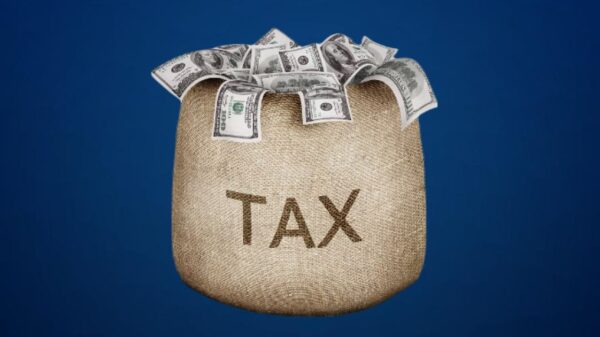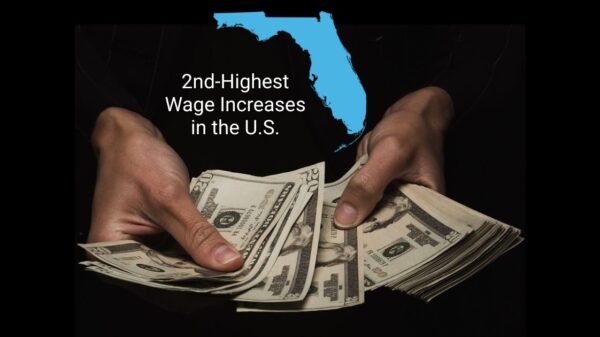With Tax Day coming up on April 15, Personal Finance website WalletHub released its report on the States with the Best & Worst Taxpayer Return on Investment in 2025.
Not surprisingly, 66% of Americans think their current tax rate is too high, and though federal income-tax rates are uniform across the nation, some states receive far more federal funding.
Federal taxes and support are only part of the story, though. Different states have dramatically different tax burdens. This begs the question of whether people in high-tax states receive superior government services. Likewise, are low-tax states more efficient, or do they receive low-quality services? In short, where do taxpayers get the most and least bang for their buck?
In breaking down the numbers state by state, WalletHub looked at 29 metrics by contrasting state and local tax collections with the quality and efficiency of state-government services residents receive in each of the 50 states within five categories: Education, Health, Safety, Economy, and Infrastructure & Pollution
New Hampshire came in at number one, but Florida came in at number 2.
One way tax dollars are hard at work is on education, as Florida has the third-best public universities in the U.S., as well as high-quality primary and secondary education, with a high-school graduation rate above 87%.
Florida’s infrastructure is pretty decent as well, with the third-best bridge quality and 15th-best road quality in the country. When it comes to most other services, Florida is toward the middle of the pack, but the lack of income taxes makes up for it. Florida has one of the lowest unemployment rates, too.
WalletHub says Red States have a higher taxpayer return on investment compared to Blue States.


















